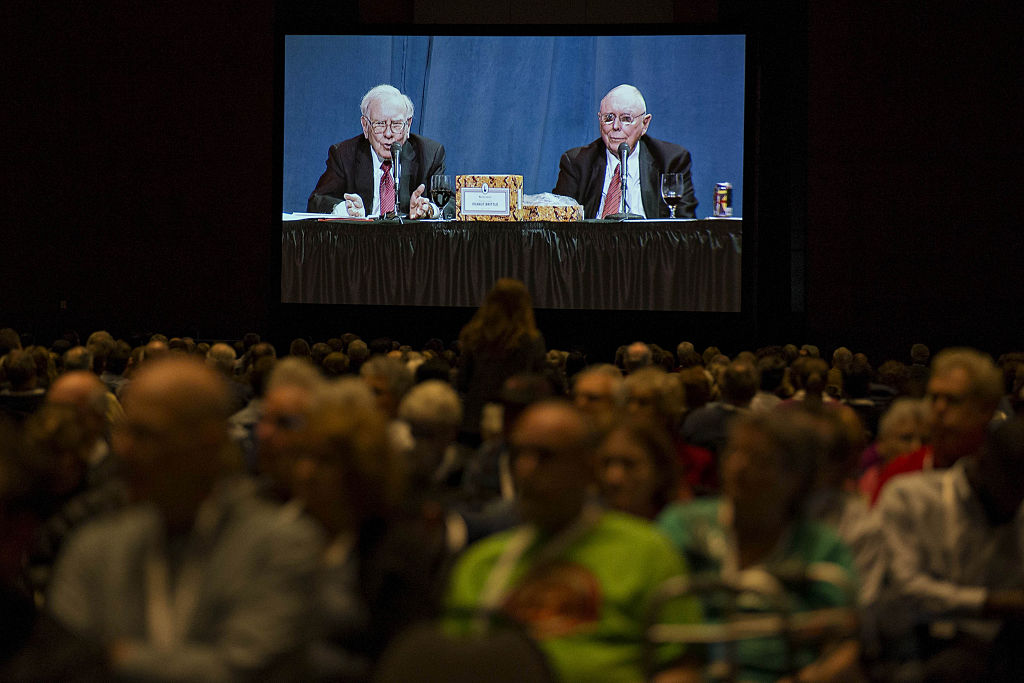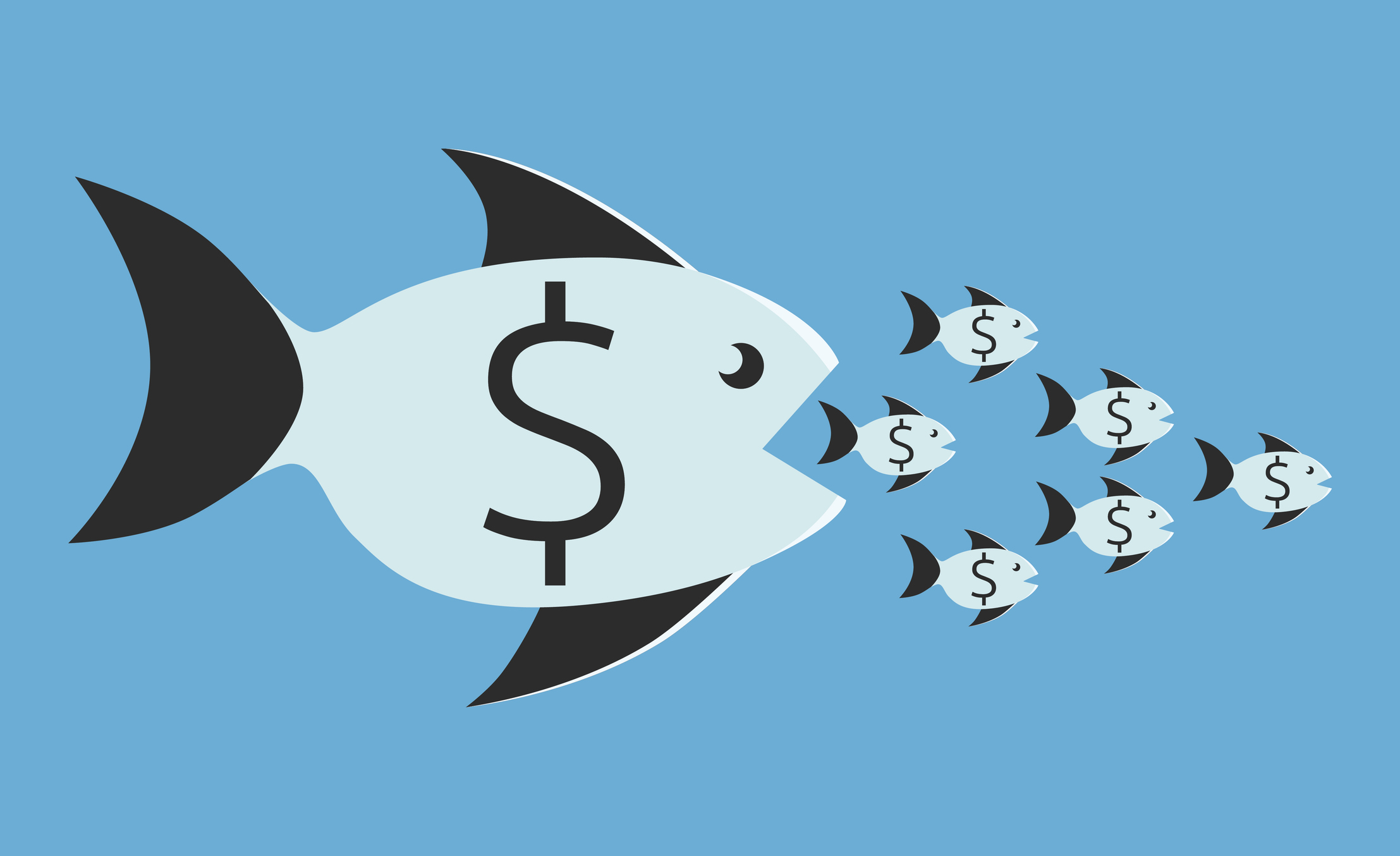Is a U.S. VAT in the Cards?
It’s more than a long shot. But lawmakers will tackle some other thorny tax issues before the year is out.

There’s plenty of talk about a value-added tax (VAT) these days as a way to ease tax collection and trim the soaring federal deficit. Among others, former Fed Chairman Paul Volcker and House Speaker Nancy Pelosi say a VAT is worth a look. And when President Obama’s deficit reduction commission reports after the elections, a VAT will be one of the options presented. Nevertheless, the odds of the U.S. adopting a value-added tax are slim.
Put simply, a VAT is a type of consumption tax, levied on both consumer sales and the difference between a business’s sales and its purchases of goods and services. Typically, a business tallies the taxes due on its sales, subtracts the VAT it paid on its purchases and sends the difference to the federal government. Retailers collect the VAT at the register and remit it. More than 130 countries have a VAT system in place, including Canada. The advantages of a VAT system? It’s simpler to administer than our current income tax. It’s harder to cheat under a VAT system, although opportunities for evasion still exist. And because a VAT penalizes spending rather than income, it encourages saving, investment and economic growth.
But a value-added tax would be a hard sell to politicians and voters. To bring in as much revenue as the current tax system, the rate would have to be extremely high—in the neighborhood of 35% if all sales are covered. Thinking about a new car? The VAT would slap an additional $10,500 on a $30,000 price tag. What’s more, a VAT hits low incomers the hardest because they have to spend a larger share of their income just for necessities. That’s one reason lawmakers would be pressured to exempt home sales, rents, food and health care from the reaches of the VAT. Doing so would drive the required rate on everything else even higher, however. Credits to ease the blow to low incomers would also force an increase in the overall tax rate.

Sign up for Kiplinger’s Free E-Newsletters
Profit and prosper with the best of expert advice on investing, taxes, retirement, personal finance and more - straight to your e-mail.
Profit and prosper with the best of expert advice - straight to your e-mail.
Transitioning from today’s income tax system would prove to be an economic and political horror. Businesses would lose depreciation write-offs on assets, including assets bought prior to the switch to the VAT system. For individuals, deductions for mortgage interest and donations to charity would disappear. Retirees and others who paid income tax on money they plowed into savings would be taxed again when the money is spent. The same goes for people who paid tax when converting regular IRAs to Roths with the expectation of tax free withdrawals. They would have to pay the VAT when they spent down their Roth IRAs. Many taxpayers would feel betrayed.
The odds that lawmakers would opt for an add-on VAT—a low-rate tax to generate new government revenue—aren’t much better, despite the large federal deficit. Layering a new consumption tax on top of the income tax would add complexity without the benefit of easing tax administration. And the IRS would grow even larger, since the agency would be charged with enforcing two different tax systems.
Chances of other tax changes this year are far better. Congress, for example, will reinstate the estate tax, retroactive to Jan. 1, 2010, along with the use of the date-of-death value for inherited assets. For 2010, the estate tax has lapsed, and heirs can exclude only up to $1.3 million of gain on sales of inherited assets plus $3 million more for surviving spouses. Unless Congress acts, come next year, heirs can use the date-of-death value for inherited assets again, but the estate tax returns with a puny $1-million exemption and a top rate of 60%. Most lawmakers don’t want that to happen.
The odds favor a gradual rise in the exemption from $3.5 million this year to $5 million in a few years, while the estate tax rate simultaneously falls from 45% to 35%. But there’s a potential constitutional snag with imposing the tax retroactively, and large estates of people who died this year while the estate tax was not in effect are ready to challenge retroactive imposition in the courts. A 35% levy on a $400-million estate produces a $140-million tax—plenty to fight over.
So lawmakers are mulling a compromise to give estates a choice for 2010: Pay using 2009’s rules or take advantage of the one-year repeal of the tax, but pay capital gains tax when some inherited assets are sold. As of right now, though, the idea remains a long shot.
Look for lawmakers to also act by the end of the year on the expiring Bush tax cuts. If they don’t, the maximum income tax rate in 2011 will rise to 39.6%, up from 35% now, and the top rate on capital gains jumps five percentage points—from 15% to 20%. On dividends, the top rate will more than double, increasing to 39.6%, up from 15% currently.
An extension of the rate cuts is a good bet—but only for lower and middle incomers. For filers currently in the 33% and 35% brackets—singles with taxable incomes above around $175,000 and couples with more than $210,000 of taxable income—the cuts will be allowed to lapse. It would be a shocker if lawmakers don’t wait until after the elections to OK the tax increases: No politician wants to raise taxes just before voters go to the polls.
Get Kiplinger Today newsletter — free
Profit and prosper with the best of Kiplinger's advice on investing, taxes, retirement, personal finance and much more. Delivered daily. Enter your email in the box and click Sign Me Up.

-
 Sam's Club Plans Aggressive Expansion: Discover Its New Locations
Sam's Club Plans Aggressive Expansion: Discover Its New LocationsSam's Club expansion plans will open up to 15 new stores each year. Learn where they plan to open in 2025.
By Sean Jackson Published
-
 What Is the Buffett Indicator?
What Is the Buffett Indicator?"It is better to be roughly right than precisely wrong," writes Carveth Read in "Logic: Deductive and Inductive." That's the premise of the Buffett Indicator.
By Charles Lewis Sizemore, CFA Published
-
 Tax Time: Does Your Kid Influencer Owe Taxes?
Tax Time: Does Your Kid Influencer Owe Taxes?State Tax Some minors are making big money on social media. Here’s how to know if they need to file taxes.
By Gabriella Cruz-Martínez Published
-
 Did Florida’s Chance at $1,000 in Property Tax Rebates Vanish?
Did Florida’s Chance at $1,000 in Property Tax Rebates Vanish?State Taxes The Florida Legislature bypassed Gov. Ron DeSantis’ wish to cut property taxes and instead voted to lower the state’s sales tax.
By Gabriella Cruz-Martínez Published
-
 How Caregivers for Adults Can Save on Taxes in 2025
How Caregivers for Adults Can Save on Taxes in 2025Tax Breaks Caring for your parent or spouse can be stressful, but the IRS offers tax breaks for qualifying taxpayers. Here they are.
By Kate Schubel Published
-
 New South Carolina Income Tax Cut Might Eat Your Cash
New South Carolina Income Tax Cut Might Eat Your CashState Taxes South Carolina’s flat income tax bill could have the majority of residents paying higher income taxes. Find out how.
By Kate Schubel Published
-
 Tax-Deductible Home Improvements for Retirement in 2025
Tax-Deductible Home Improvements for Retirement in 2025Retirement Taxes Your aging-in-place plan could benefit from the medical expense tax deduction. But watch out for capital gains and property taxes.
By Kate Schubel Published
-
 New Colorado Tax Credit: What’s the Scoop?
New Colorado Tax Credit: What’s the Scoop?State Tax Everything you need to know about the Colorado family affordability tax credit in 2025.
By Kate Schubel Published
-
 Key Family Tax Breaks Are on the GOP Chopping Block This Year
Key Family Tax Breaks Are on the GOP Chopping Block This YearTax Credits Several tax breaks, including the Child Tax Credit, may face reforms or be cut entirely as lawmakers seek revenue for Trump’s tax plans.
By Gabriella Cruz-Martínez Last updated
-
 What's Going on With New Jersey Property Tax Programs?
What's Going on With New Jersey Property Tax Programs?Property Tax ANCHOR and ‘Senior Freeze’ just got a refresh, and there’s a new program: Stay NJ. Learn how to save on New Jersey property taxes.
By Kate Schubel Published